
The question is whether to buy a 3D printer or have it manufactured by an external service provider.
To be clear, there's no easy answer, and each option has its pros and cons. However, this guide is intended to help you make the right decision. Here are some points to consider when deciding between in-house and out-house 3D printing.
Location
The location where your products are needed should play a role in your decision-making. If you only need to supply parts within one country or region, a centralized printing facility is likely the best solution.
However, if you want to supply parts globally, shipping them to the other side of the world can be expensive, not to mention the current supply chain disruptions that could lead to difficulties in delivering parts on time. Working with multiple service providers around the world might be a more cost-effective solution.
Design freedom
Design freedom is one of the greatest advantages of 3D printing. When a product is still in the prototyping phase, you want to create a part, test it, make changes, and print it again. The easiest and fastest way to do this is with in-house 3D printing, as you can implement design changes very quickly. In addition, continuous fiber technology allows you to produce parts as strong as aluminum. So you can truly test your prototypes!
When outsourcing additive manufacturing, it can take longer to make changes because parts need to be shipped, printers need to be available, etc.
Capability
Additive manufacturing differs significantly from other manufacturing processes, and there are several design and production guidelines you must adhere to to achieve high-quality parts. Worried that you lack the expertise, resources, or time to train your employees and develop the know-how in-house? Understandable, but unlike other 3D printing processes, this isn't a big problem! Markforged's manufacturing machines and associated software are designed so that no special expertise is required, and with a basic understanding of the technology, you'll experience a quick learning curve. The motto: Plug & Play
investment
While there are affordable desktop 3D printers on the market, for industrial-standard parts you also need high-end AM systems, which can require larger upfront investments.
If these expenses aren't justified by your production volume or innovative strength, you may want to consider working with a service provider. We'd be happy to advise you on this and work with you to calculate your ROI.
Learn more about the applications with the MarkTwo!
Which continuous filament is suitable for which application? How do I design correctly for filament 3D printing? What do users say about it, and where can I find more information? – You've come to the right place! We've listed several information sources that will help you get the answers you need.




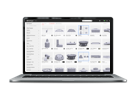
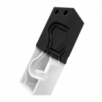
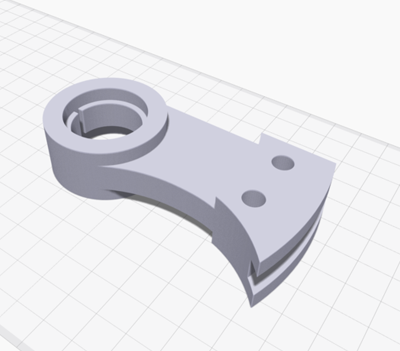
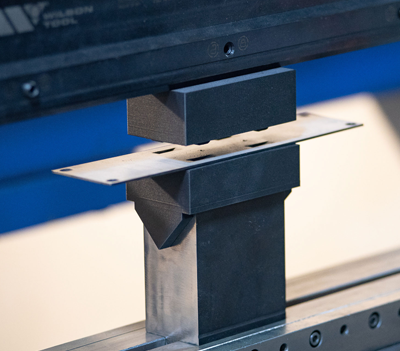

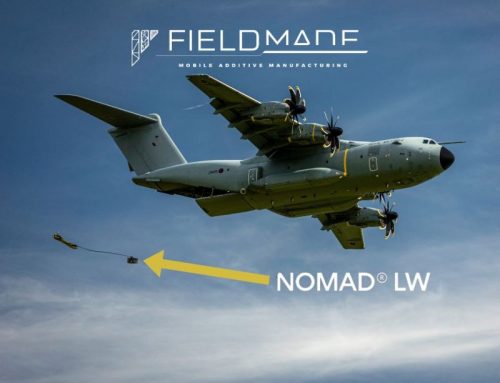
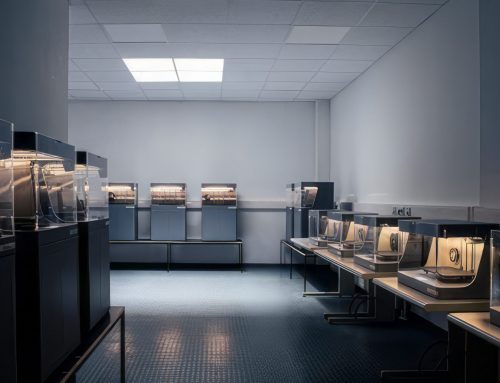
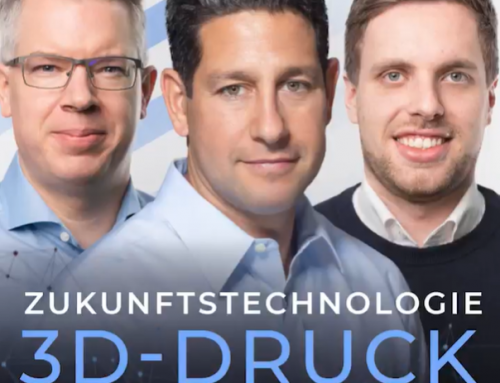
![[Podcast: Factory of the Future] Is 3D printing a business case for every factory?](https://www.mark3d.com/de/wp-content/uploads/2023/08/fabrik-der-zukunft-500x383.png)
Hinterlasse einen Kommentar